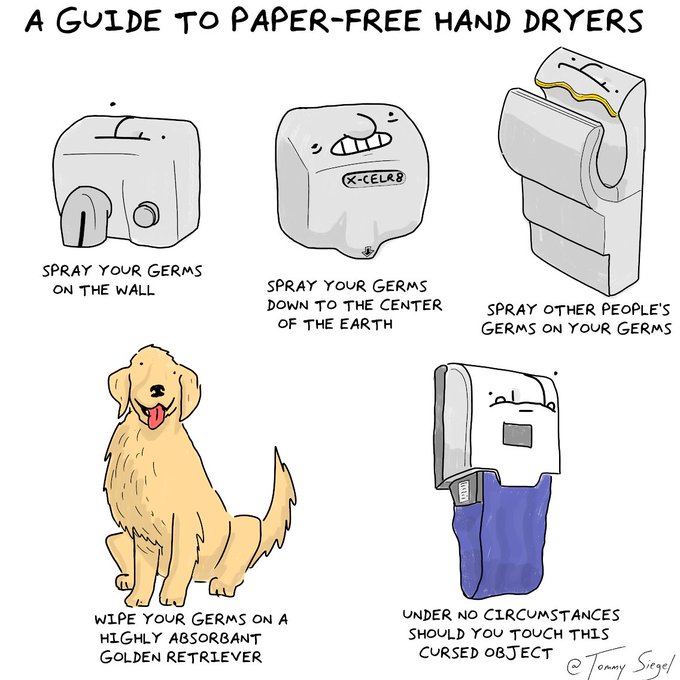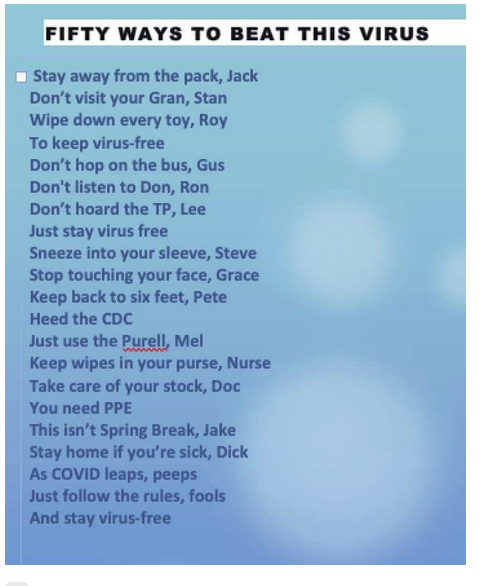(Reuters) - The highly contagious novel coronavirus that has exploded into a global pandemic can remain viable and infectious in droplets in the air for hours and on surfaces up to days, according to a new study that should offer guidance to help people avoid contracting the respiratory illness called COVID-19.
Scientists from the National Institute of Allergy and Infectious Diseases (NIAID), part of the U.S. National Institutes of Health, attempted to mimic the virus deposited from an infected person onto everyday surfaces in a household or hospital setting, such as through coughing or touching objects.
They used a device to dispense an aerosol that duplicated the microscopic droplets created in a cough or a sneeze.
The scientists then investigated how long the virus remained infectious on these surfaces, according to the study that appeared online in the New England Journal of Medicine on Tuesday - a day in which U.S. COVID-19 cases surged past 5,200 and deaths approached 100.
The tests show that when the virus is carried by the droplets released when someone coughs or sneezes, it remains viable, or able to still infect people, in aerosols for at least three hours.
Balance of the article here:
New coronavirus can persist in air for hours and on surfaces for days: study
Scientists from the National Institute of Allergy and Infectious Diseases (NIAID), part of the U.S. National Institutes of Health, attempted to mimic the virus deposited from an infected person onto everyday surfaces in a household or hospital setting, such as through coughing or touching objects.
They used a device to dispense an aerosol that duplicated the microscopic droplets created in a cough or a sneeze.
The scientists then investigated how long the virus remained infectious on these surfaces, according to the study that appeared online in the New England Journal of Medicine on Tuesday - a day in which U.S. COVID-19 cases surged past 5,200 and deaths approached 100.
The tests show that when the virus is carried by the droplets released when someone coughs or sneezes, it remains viable, or able to still infect people, in aerosols for at least three hours.
Balance of the article here:
New coronavirus can persist in air for hours and on surfaces for days: study




